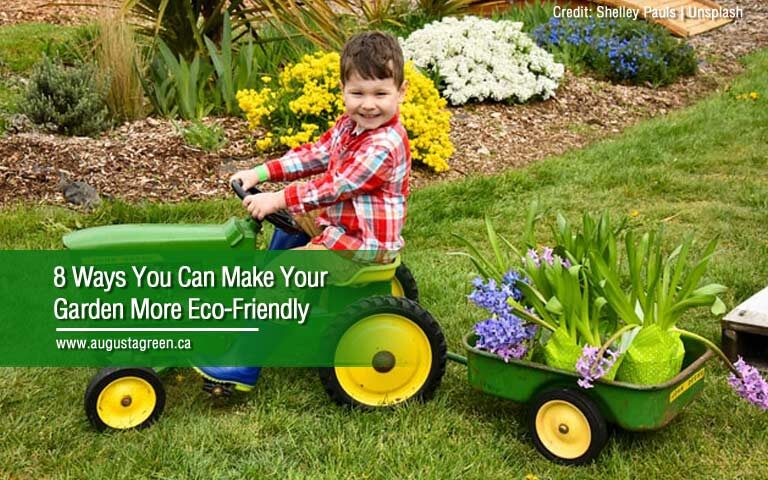Turning your garden or lawn into an eco-friendly spot is simpler than you think. We’ve all heard about recycling wastes, minimizing plastic use, and switching to LED light bulbs and how they help bring down our carbon footprint. However, you can also make environmental sustainability front and center in your home by turning your garden into an eco-friendly one.
There are plenty of ways to turn your front or backyard into a greener haven. Join thousands of homeowners who’ve committed to establishing sustainable gardens by following these easy and inexpensive tips!
Tips for a More Eco-Friendly Garden
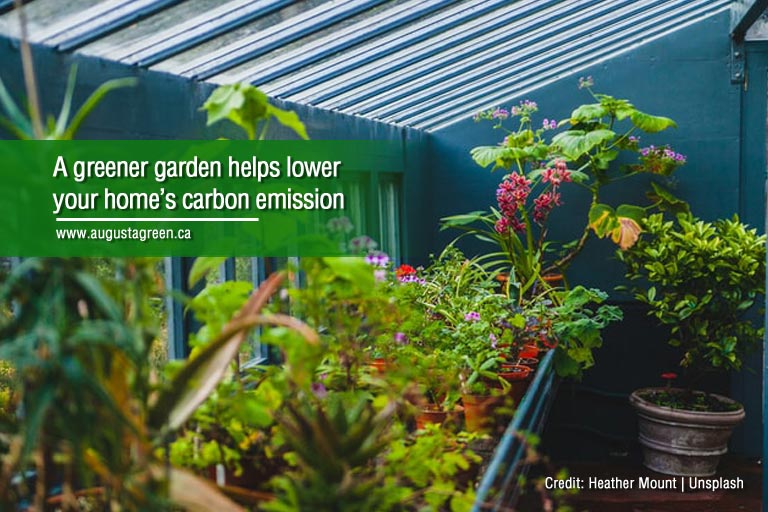
1. Explore Native
Looking for low-maintenance plants? Why not go native? Native plants thrive well in the soil and climate conditions in your area that’s why they make for a sensible option if you want to switch to eco-friendly gardening.
After planting, native plants usually don’t need to be watered often. Disease and pest infestation aren’t a problem with them either. These species also provide berries and seeds for birds, as well as nectar and pollen for bees and butterflies. There are several native plants well-suited for Toronto gardens. Choose from among these varieties to keep your garden healthy.
2. Avoid Scalping Your Lawn
Help your lawn adapt better to dry and warmer months by allowing it to grow a few inches. Grasses suited for the cool season can grow to about 3 to 4 inches, whereas grasses that tolerate warmer weather typically grow shorter.
Lawns that are thicker and with deeper roots are less prone to pests and disease, making it less necessary to use chemical pesticides. It will also be useful to learn proper lawnmowing techniques to keep your grasses well-manicured.
3. Plant Flowers to Attract Pollinators
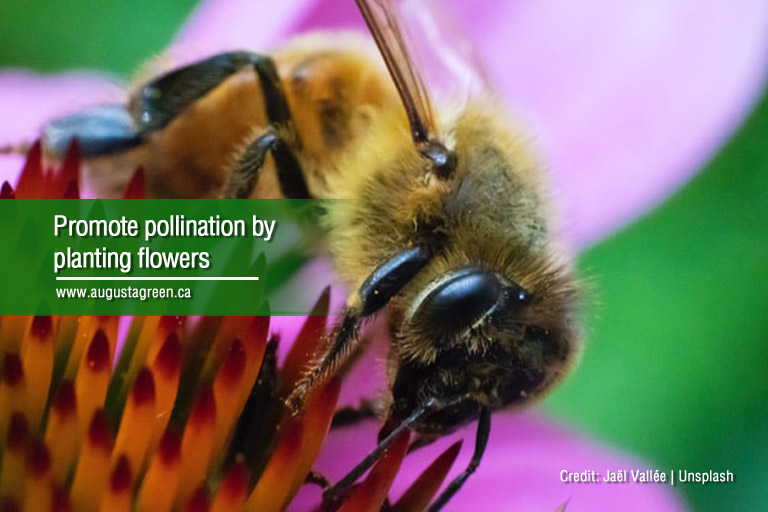
There’s been a significant decline of pollinators all over the world since 2006. This trend has been attributed to climate change, loss of habitat, blatant use of pesticides, and invasive species, among others. The threats to pollinator populations have also affected the production of common food and plant necessary to sustain human life.
You can help buck this trend up by growing flowers in your garden to provide food for pollinators like bees, butterflies, beetles, and wasps. Consider growing plants that bloom in different months of the year to give enough pollen sources for pollinators throughout the year and support the effort to protect the pollinators.
4. Consider Composting
Making your own compost bin/pit is one of the most eco-friendly gardening practices there is. Compost prevents food scraps from reaching the landfill. Additionally, it supplies soil with essential nutrients to make it more suitable for plant growth.
Compost gives you the best benefits chemical soil enhancers provide (without harming the environment) like boosting soil drainage, texture, and water retention.
Among the items you can chuck in your compost are:
- Fruit and vegetable scraps
- Coffee grounds
- Teabags
- Eggshells
- Dry leaves
- Grass clippings (untreated ones)
5. Choose Eco-Friendly Outdoor Furniture

When designing an ecological garden or lawn, sustainability should also spill into your furniture choice. If you wish to replace your existing patio tables and stools or benches, make sure that they’re made of sustainable materials.
Wood varieties like acacia, maple, oak, mahogany, cherry, and pine are good options to start. You can also consider furniture sets made of recycled plastic or aluminum.
6. Use Mulch
Raking and disposing of dried leaves may be your customary routine during fall, but you should know that those leaves have a place in an eco-friendly garden.
Cut them into bits or shreds and use them as organic mulch. As they decompose, leaves add a boost of nutrients to the soil. They can also serve as a shield from pests when mulched on plants.
7. Water Right and Well
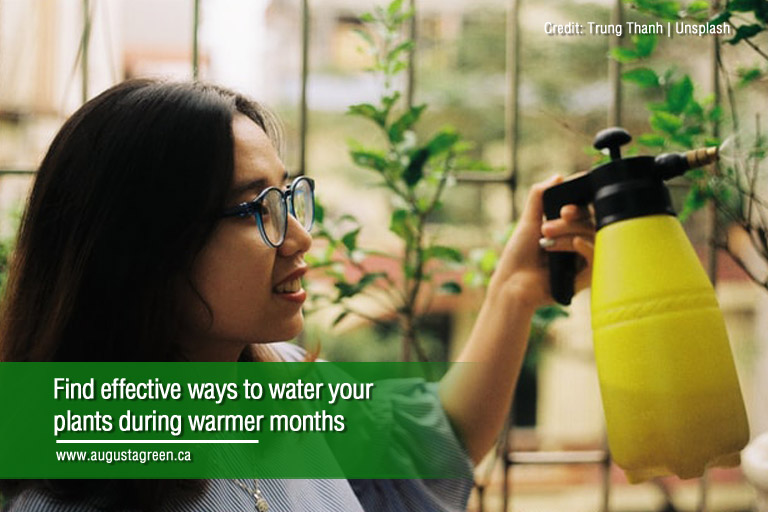
The ideal time to bathe your plants is between 6 and 10 o’clock in the morning. It’s during this period when the air is cool enough to not absorb all the moisture. The later hours of the afternoon is also a good time for watering. To prevent fungal diseases from taking root, make sure your foliage has ample time to dry out before nighttime.
If you’re using a hose or a sprinkler, aim near the plants’ base and not directly above. This helps save more water by delivering it closer to the roots. You may need to find effective ways to water your garden in the summer where plants require more watering to stay alive and healthy. Water plants in the summer in a manner that’s beneficial to your plants and resources.
8. Automate Your Irrigation System
How you water your garden is an important factor you should look into if you want to move towards a more sustainable home. Several homeowners think using the old and tired hose to water their lawn is the most prudent and cost-efficient option available.
Contrary to popular belief, installing an automated irrigation system allows households to conserve more water and lower utility costs. The system also allows for an even watering across the lawn to maintain its health.
Here’s a summary of the benefits of automating your irrigation system:
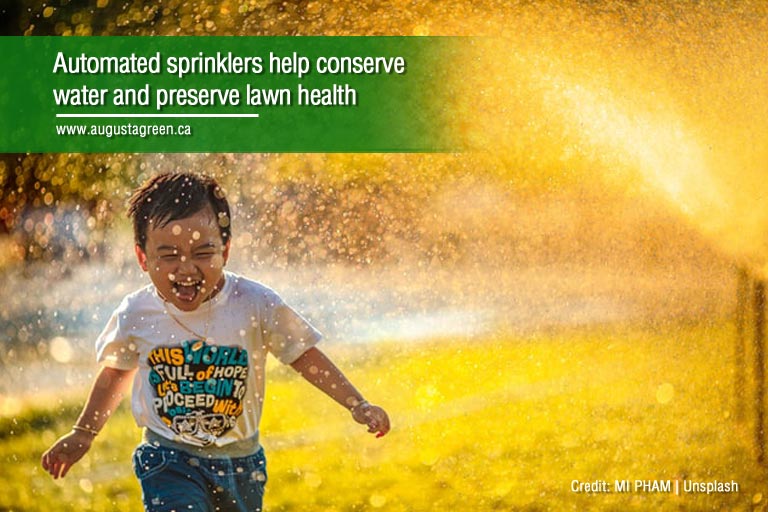
- Convenience – Having an automatic system doesn’t require manual effort on your part. With just a flip of a switch, you can easily water your entire lawn. You can even do so without having to be physically present in your home.
- Lower utility bills – Setting up automatic sprinklers allows you to deliver water to the exact part of your lawn where it’s needed at a particular time. This helps reduce utility costs. This system also adds value to your property.
- Efficiency – In eco-friendly gardens, conserving water becomes easier with automated irrigation. Most systems have timers that you can configure based on your preferred watering schedule, may it be daily or weekly. You can ask your service provider to install moisture sensors that you can activate during dry spells. Automated sprinklers can also be set up to evenly distribute water across your lawn, preventing under- or over-watering.
- Promotes improved lawn health – Investing in proper lawn care and irrigation today minimizes the risk of endangering your lawn’s health in the future (which can be costly depending on the extent of damage). There’s a great chance of underwatering when you use a hose. When lawns don’t receive adequate moisture, soil cannot retain nutrients, causing plants to wither. An automated sprinkler system allows you to keep your soil and plants healthy throughout their lifetime.
Follow the above tips and you’ll be on your way to a greener, more pleasant, and eco-friendly garden.
If you want to improve your watering system and lower your water bills for the long term through WiFi-enabled automatic sprinklers, we can help you. Contact Augusta Green Sprinklers for effective irrigation solutions for your eco-friendly landscaping.
We have the right products and services to help you make your lawn or garden more sustainable for years ahead. We pride ourselves on providing expert assistance in installing and upgrading lawn sprinkler systems for Toronto properties.
Give us a call at (416) 227-1666 for a FREE estimate and consultation.

